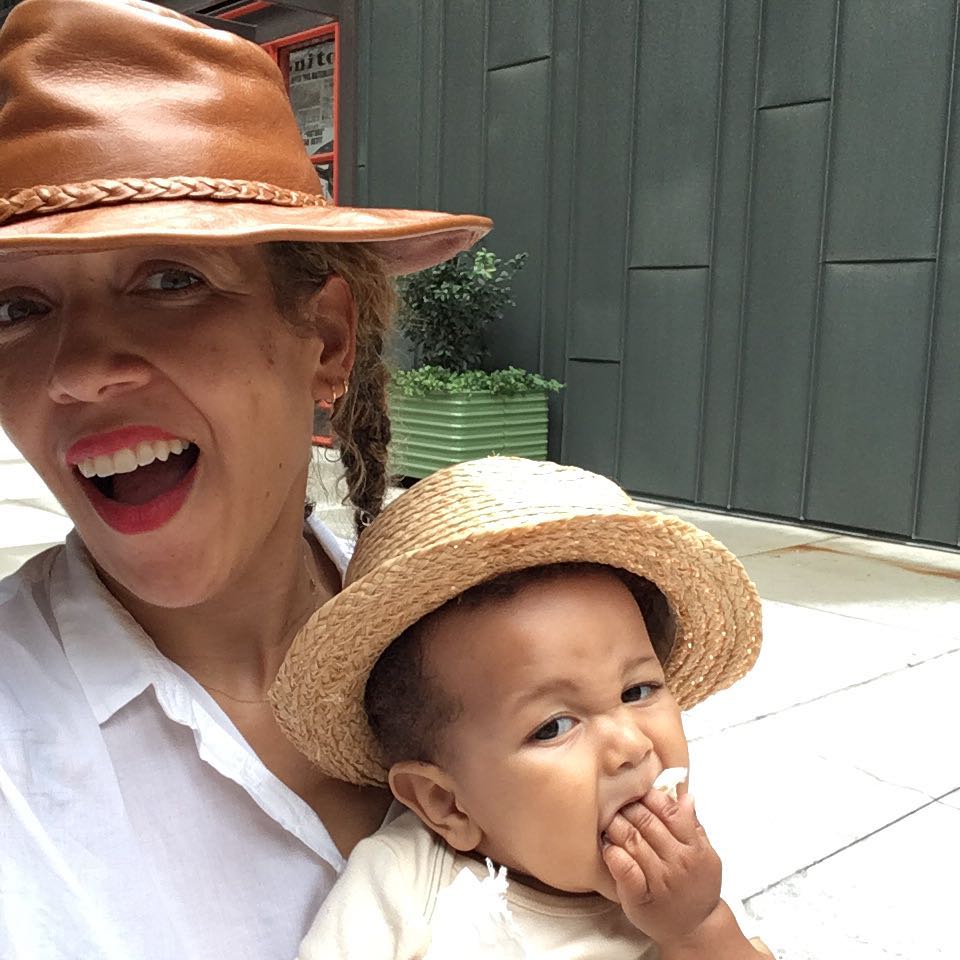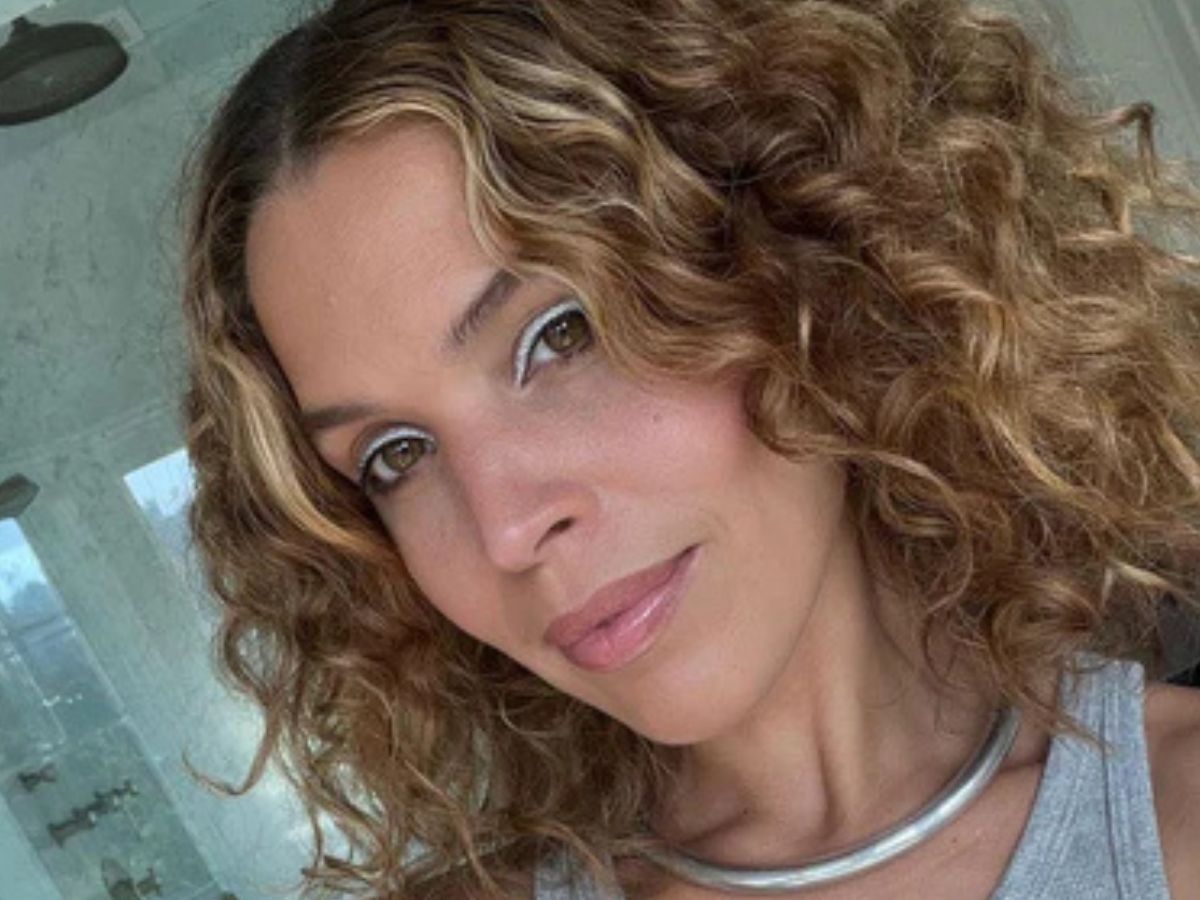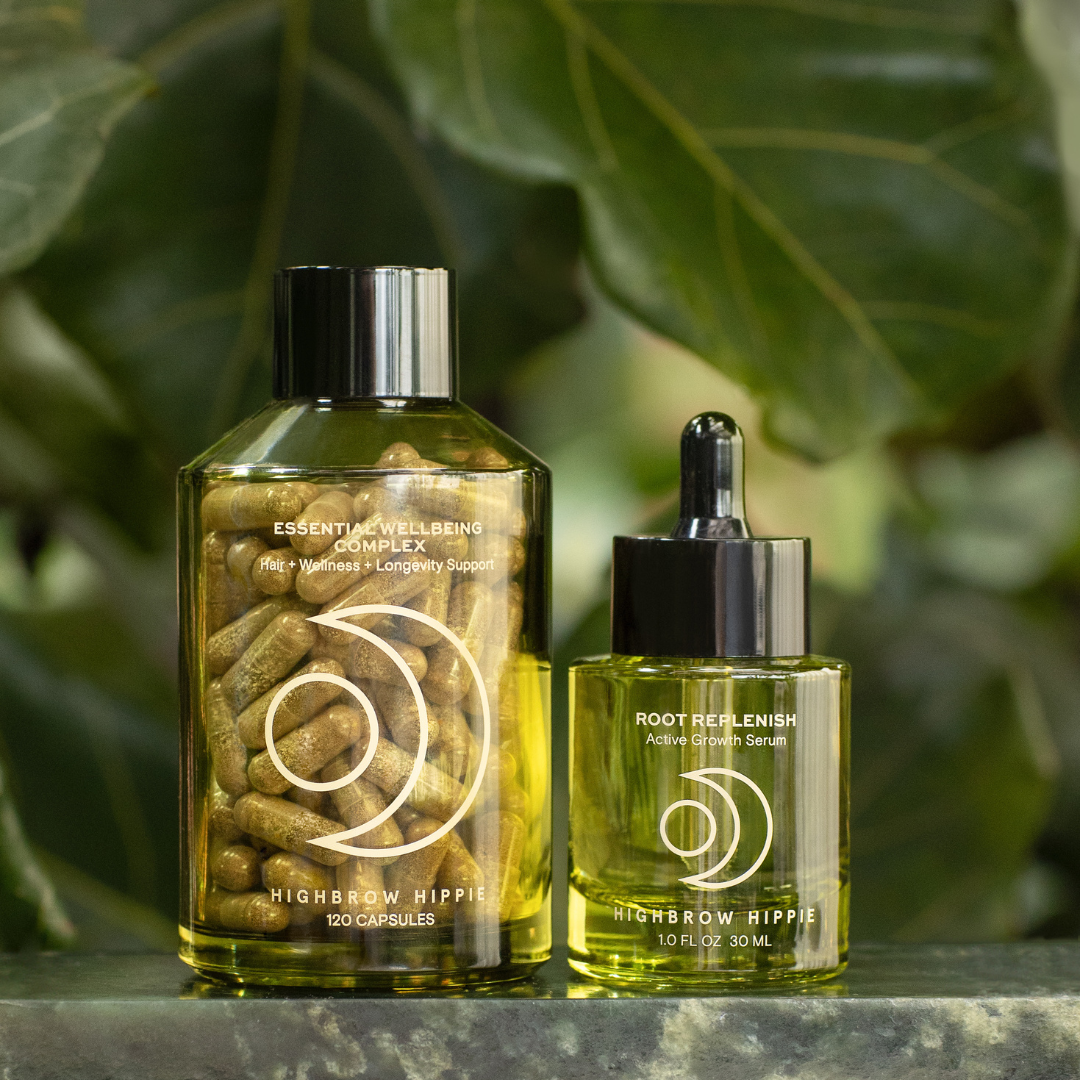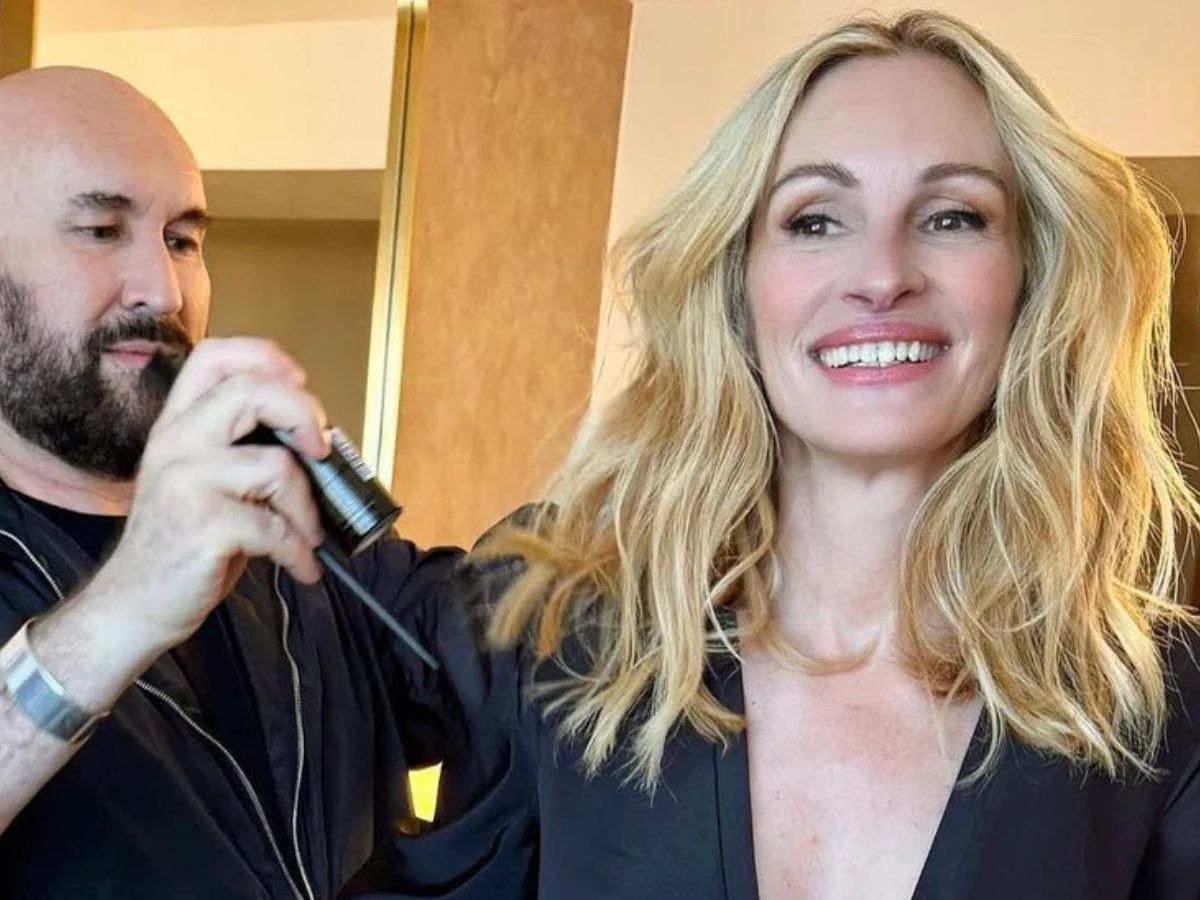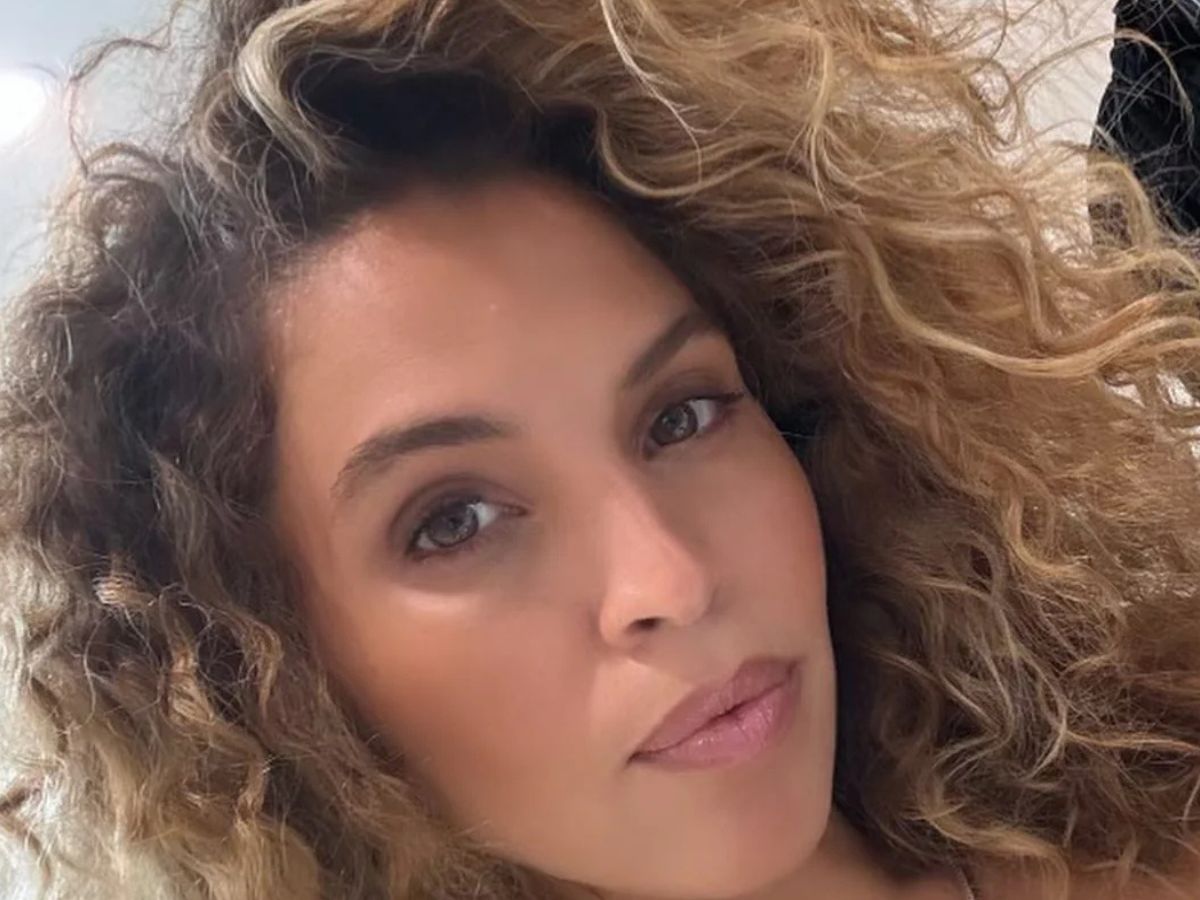Patience, trust, and time.
Whether the client in my chair is in need of a color correction, is requesting a drastic color change, or is looking to stretch the time in-between appointments, my approach is always the same. It's always centered around maintaining the health and vitality of my clients' hair - which, surprise, takes time.
Many of the clients who wind up in my chair are looking to primarily improve and maintain upon their current color, but more often than not, they’re also looking for help - help in bringing their hair back to life.
Whether it's due to too many consecutive color treatments, stress, perimenopausal or menopausal-incited shifts in hair texture, Covid-related hair loss, pregnancy induced hair shedding, or in most cases, a combination of scenarios, many clients find me when their hair is in dire straights - when it’s damaged and porous, and they’ve exhausted all of their solutions.
The first step in my approach is being honest. Honest in what I can and can't accomplish in a single appointment, as well as what the road ahead looks like. It’s about breaking down the walls of disillusionment and setting the stage for new routines and habits.
The journey back to hair health and vitality also requires a commitment on behalf of the client - a commitment to forgoing immediate expectations, and a willingness on their part to forge a new relationship with their hair.
A prime example of someone who was willing to adjust her expectations and commit to a collaborative journey was my dear client, Sophie Elkus.

Sophie first landed in my chair through a referral in 2014, and when she came to me, her hair was in such a delicate state - it was porous, tinged yellow, and damaged from root to end - so much so, that I encouraged her to do an intensive, hydrating treatment in lieu of color at her first appointment. We documented her whole journey back to healthy hair on the blog: Hair Color Rehab.

I do this for many of my clients. I give them some at-home advice to take with them - steps they can take to support their goals in-between appointments. Obviously, I tweak my advice based on the individual, but generally speaking, this is my overall guidance for most clients when they leave the atelier.
My At-Home Hair Wellness Tips
1. Limit Washing Your Hair Too Frequently
When trying to rehab your hair, avoid washing every day. Aim for every two to three days.
If you’re an individual who works out every day (or nearly every day), and you crave that post-shower clean feeling, try rinsing with cool or warm (not hot) water and apply a leave-in conditioner. See below for my favorite leave-ins and how to use them.
My Shampoo + Conditioner Recommendations:
As far as regular shampoo or conditioner goes, my recommendations aren’t too stringent, but generally, I advise my clients not to use anything that’s too heavy. I recommend using products that are color safe and at least, sulfate-free. These days, most shampoos and conditioners are, which is a welcome change.
For Finer Hair: Use the Virtue Recovery or the Virtue Full Shampoo + Conditioner
For Extra Moisture: Use the Virtue Smooth Conditioner or the Virtue Restorative Mask
Incorporate a Tone-Balancing Shampoo
Once every two weeks or so, use a super mild balancing shampoo. Try to avoid the intense, purple shampoos.
I recommend using a mild one such as the Virtue Debrassing Shampoo, or the Innersense Bright Balance Hairbath.
2. Use a Leave-In Conditioner
After washing your hair, apply a light leave-in conditioner on the lengths of the hair for extra moisture and damage protection.
The key here is to avoid applying the leave-in directly on the scalp and instead, let your natural scalp oils combat the dryness.
My favorite leave-in conditioners:
Christophe Robin Hydrating Leave-In Mist With Aloe Vera
Innersense Sweet Spirit Leave-In Conditioner
Glossing Detangler from Lolavie
3. Use The Right Towel
An important part of the hair care process that often gets overlooked is the towel you’re using. The Aquis Towels are what we use at the Atelier because they’re effective but delicate on the hair fibers. To prevent frizz or further hair damage, be gentle with your hair and softly, squeeze excess water from your hair using the towel.
4. Use a Conditioning Oil
For in-between-wash days, when the hair is either blown out or slicked back, use a few drops of a conditioning oil on the lengths of the hair.
My favorite conditioning oils:
Virtue Healing Oil: It improves the texture of the hair over time and prevents the hair from breaking.
Innersense Harmonic Healing Oil: This oil is filled with nourishing botanicals and delivers intense hydration to the hair.
5. Manage Stress + Boost Your Overall Health
Often, I have to remind clients that a major part of the hair recovery process is mitigating stress. It's an unavoidable part of life but at extreme levels, it can wreak havoc on hair health so it's important to find ways to bring down stress levels.
For those that need a bit of extra support, I recommend incorporating our Essential Wellbeing Complex into their routine.
I've seen incredible results in my clients who use it. It's helpful for creating the foundation and nutritional support to kickstart hair growth. There's a Women's Balance supplement that's made specifically for women 45 and older, and I've seen a wonderful difference in the hair health of my clients who use it.





